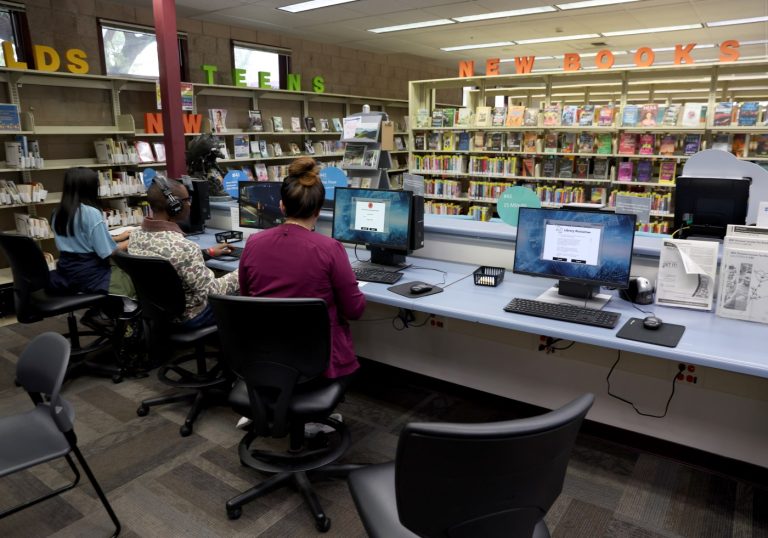As the number of completed federal financial aid applications remains at a record low, the U.S. Department of Education has launched a $50 million grant program to encourage more students to complete their problem-plagued forms.
“We are determined to close the FAFSA completion gap,” said Cindy Marten, deputy secretary of education. “The funding we’re announcing today will support states, districts and community-based groups build capacity and leverage their power to ensure that every student who needs help paying for college turns in their FAFSA form.”
For the first time in more than 40 years, the Department of Education released an overhaul of the FAFSA – the Free Application for Federal Student Aid – in an attempt to make it easier for students to apply and qualify for college financial aid.
But what followed was a bureaucratic nightmare impacting millions of students and thousands of schools as issues with the application left many students unable to complete and submit the form.
To compound the problem, colleges and universities didn’t begin receiving students’ FAFSA information from the Department of Education until late March. And additional errors in calculations meant hundreds of thousands of already-submitted forms would need to be reprocessed.
Since January, more than 30 issues have been reported with the new application. As of May, more than a dozen problems remain and many students have still not been able to submit their applications.
The money announced Monday comes too late to help many students applying for college this fall, but should provide some relief for those applying next year. The new FAFSA Student Support Strategy will provide up to $50 million to grantees and be implemented by the Educational Credit Management Corporation, a Minnesota-based nonprofit that oversees student loan repayments and provides financial education.
The announcement also comes on the heels of a congressional hearing titled “FAFSA Fail,” where the Republican chair of the House Higher Education subcommittee, Utah Rep. Burgess Owens, said the “botched implementation” of aid application could cause colleges and universities to see a 20% drop in enrollment this year.
Mark Kantrowitz, president of Cerebly, Inc., a consulting firm specializing in student financial aid, said at the hearing “that the drop in college enrollment may be worse than the pandemic, causing some colleges to close.”
The Department of Education said funds will be prioritized for organizations currently working with schools and districts, as well as those that have “deep ties” with students and families and have the capacity to help decrease barriers and increase FAFSA submissions.
The department said its new FAFSA Student Support Strategy funds will help schools and organizations add advisers, counselors and coaches to support students and families complete their applications through extended evening, weekend and summer hours.
Related Articles
UCLA hoped to avoid police crackdown on protesters. What went wrong?
Today’s campus protests not as big or violent as last century
UCLA pro-Palestinian encampment left in a rubble as students vow campus protests ‘are not over’
Slow police response at violent UCLA protest under investigation
Police dismantle pro-Palestinian encampment at UCLA, 100-plus demonstrators detained
The funds will also help pay for FAFSA submission clinics through partnerships with schools and districts and will provide transportation support as needed. The program will also improve communication and help organizations utilize texting, phone calls and video conferences in multiple languages to help families complete their forms.
The department said the investment builds on its existing efforts to help students and families complete their FAFSA, including the FAFSA College Support Strategy – another $50 million program which launched in February 2024 and focused on providing funding and advising for lower-resourced colleges and help them process students’ financial aid information.
The Department of Education said that nearly 9 million applications have been successfully submitted since the new forms were launched on Dec. 30. That’s a 24% drop from last year at this time.












